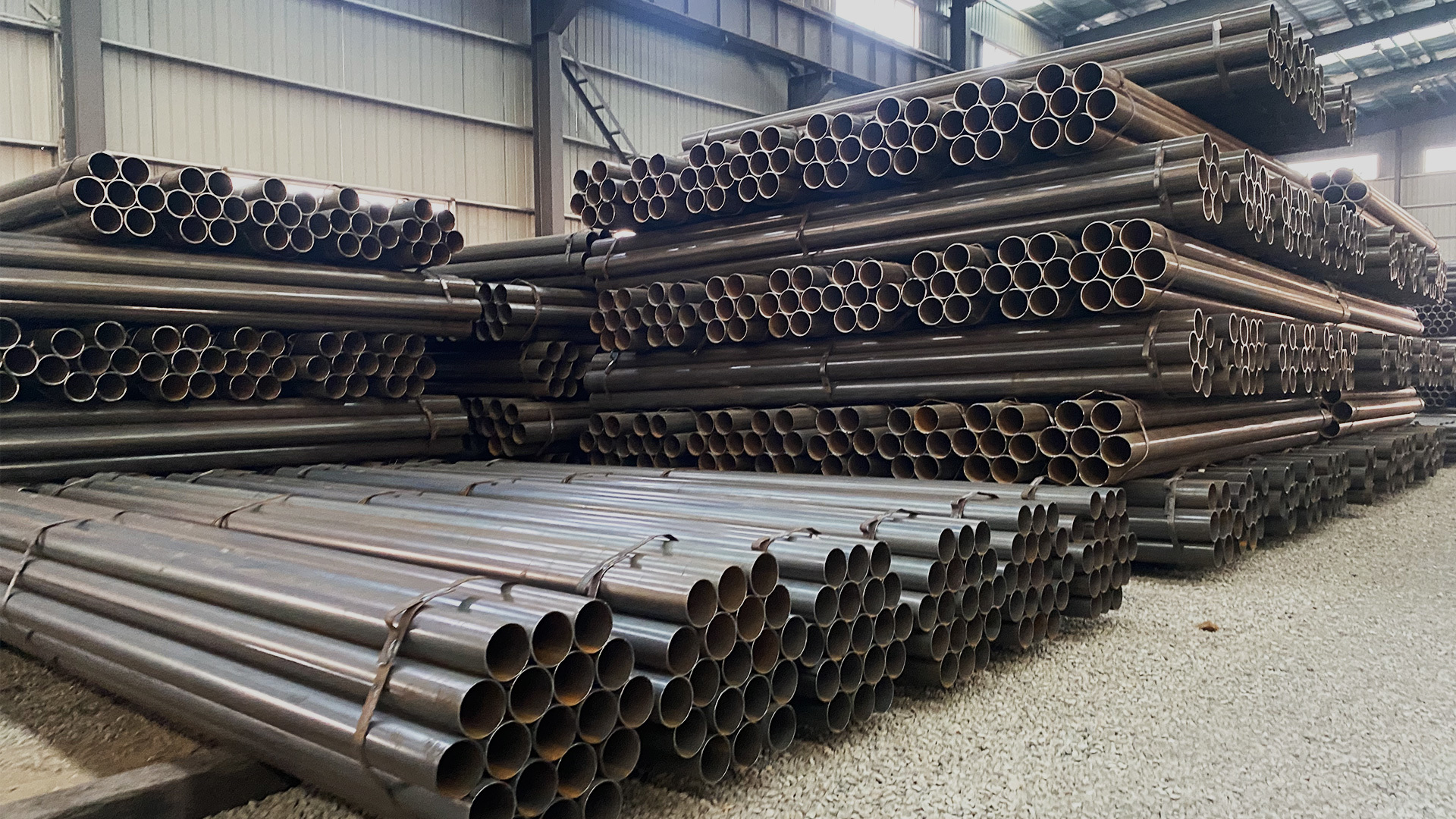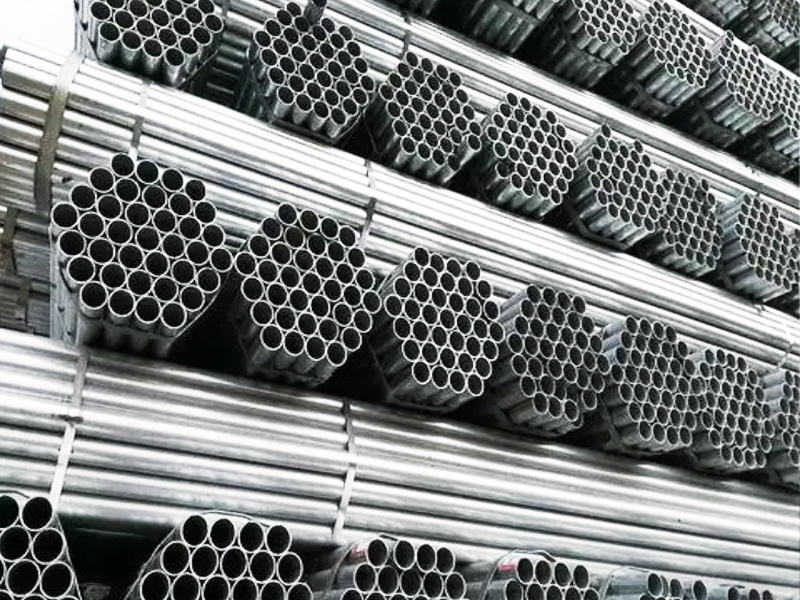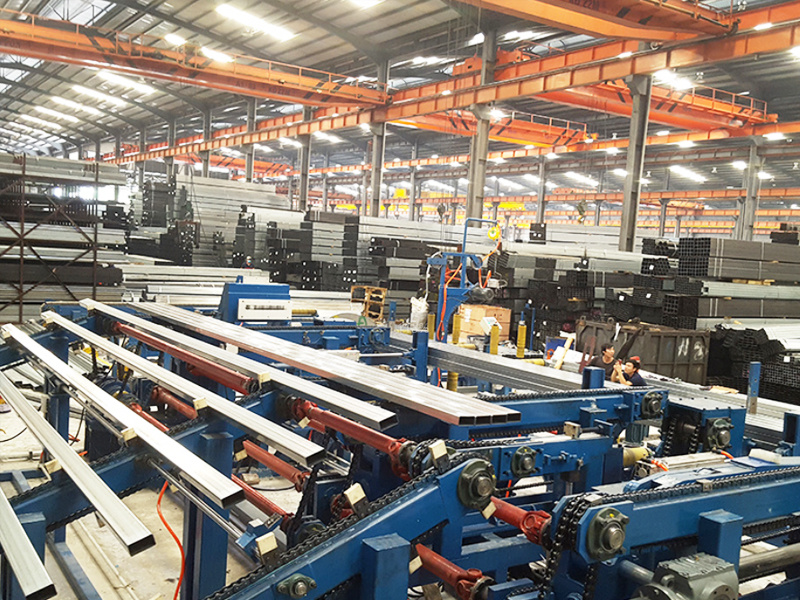Deliver value through cost-effective steel solutions








Share To
Steel Angle
Any questions? Know More Contact Informations,Click Here!
Classification
Keywords
Descripsion
Product Introduction: Steel Angle
Overview
The Steel Angle is a versatile and durable steel profile designed for structural and industrial applications. With its L-shaped cross-section, it offers excellent strength, stability, and load-bearing capacity. Manufactured from high-quality steel, it is available in various finishes, including galvanized, stainless, and coated options, to enhance corrosion resistance and durability.
Key Features
- High Strength & Stability – Provides excellent structural support for construction and engineering projects.
- Corrosion Resistance – Available in galvanized or coated finishes to protect against rust and environmental damage.
- Easy Fabrication & Installation – Can be cut, drilled, welded, and processed for various applications.
- Cost-Effective & Durable – Long service life with minimal maintenance, reducing overall project costs.
- Versatile Applications – Suitable for both structural support and decorative purposes in different industries.
Applications
The Steel Angle is widely used in various industries, including:
- Construction & Infrastructure – Ideal for building frameworks, bridges, and reinforcement structures.
- Manufacturing & Engineering – Used in machinery, equipment fabrication, and industrial frameworks.
- Automotive & Transportation – Applied in vehicle chassis, trailers, and support structures.
- Furniture & Decorative Uses – Utilized in shelving, frames, and architectural designs.
With its excellent mechanical properties and adaptability, the Steel Angle is an essential material for engineers, manufacturers, and builders seeking strong and reliable structural components.
Plastic-coated steel pipes, also known as plastic-coated pipes, steel-plastic composite pipes or plastic-coated composite steel pipes, are a new type of composite pipe material combining steel pipes with plastic anti-corrosion coatings.
I. Structural characteristics
Plastic-coated steel pipes use steel pipes as the base material and apply a plastic anti-corrosion layer to the inner or outer surface of the steel pipe through a specific process (such as spraying, rolling, dipping, vacuuming, etc.). This plastic anti-corrosion layer is usually made of high-molecular materials such as PE (polyethylene) or EP (epoxy resin), which can effectively isolate the steel pipe from the external environment.
2. Main advantages
Excellent corrosion resistance: The inner and outer walls of plastic-coated steel pipes have undergone special anti-corrosion treatment, which can effectively prevent the pipes from being eroded by moisture, oxygen and underground corrosive substances, greatly extending their service life.
Good mechanical properties: Plastic-coated steel pipes have high strength and stiffness, and can withstand high pressure and stress. They also have good toughness and formability, and can adapt to a certain degree of deformation without breaking.
Hygienic and non-toxic: The smooth and even inner wall coating of plastic-coated steel pipes is not prone to scaling and does not support the growth of bacteria and microorganisms. It meets national drinking water hygiene standards and is therefore widely used in urban water supply and drinking water transport.
Low resistance, high flow: The smooth inner wall of plastic-coated steel pipes has low fluid resistance, which effectively improves transport efficiency and reduces energy consumption. Compared with traditional steel pipes and cast iron pipes, plastic-coated steel pipes can transport a greater flow under the same conditions.
Easy to install: Plastic-coated steel pipes are lightweight and can be connected in a variety of ways (e.g. threaded, flanged, grooved, etc.). They are quick and easy to install, which greatly reduces construction time.
Application areas
Urban water supply and drainage systems: Plastic-coated steel pipes can effectively prevent pipe corrosion, improve water quality and ensure the safe and stable operation of urban water supply and drainage systems.
Fire protection systems: Plastic-coated steel pipes have good fire resistance and corrosion resistance, and are suitable for use in water supply and fire protection pipes in fire protection systems. They can maintain the integrity of pipes in the event of a fire, ensuring the supply of water for firefighting.
Petrochemical industry: In the petrochemical industry, plastic-coated steel pipes can be used to transport various corrosive media, such as acids, alkalis, salts, etc. They can effectively prevent the corrosion of pipes by media, increase the service life of pipes, and reduce maintenance costs.
Mining and metallurgy: Plastic-coated steel pipes can be used in the water supply and drainage systems and ventilation ducts of mining and metallurgy. They can adapt to harsh working environments, have high strength and corrosion resistance, and ensure the safe and stable operation of the system.
Energy industry: Plastic-coated steel pipes can be used as cable protection pipes and water supply and drainage pipes in the energy industry. They have good insulation and corrosion resistance, can protect cables from the external environment, and also provide reliable water supply and drainage for power plants.
Steel angle, also known as angle iron, is a length of steel that has an L - shaped cross - section. It is typically made from carbon steel or alloy steel. The two legs of the angle can be equal in length, known as equal - leg angle, or unequal, which is referred to as unequal - leg angle. The thickness of the steel used in the angle can vary, which directly affects its strength and load - bearing capacity.
The manufacturing of steel angle involves several steps. First, the raw steel is melted in a furnace. Then, it is formed into the desired shape through a process such as hot - rolling or cold - forming. Hot - rolling involves passing the heated steel through rollers to shape it, while cold - forming is done at room temperature and typically results in a more precise shape with a smoother finish. After shaping, the steel angle may undergo further processes like cutting to specific lengths and surface treatments such as painting or galvanizing for added protection.
Video


Factory

Steel Angle
Any questions? Know More Contact Informations,Click Here!
Classification
Keywords
Enquiry
Nota: We will contact you within one working day. Please pay attention to your email.









